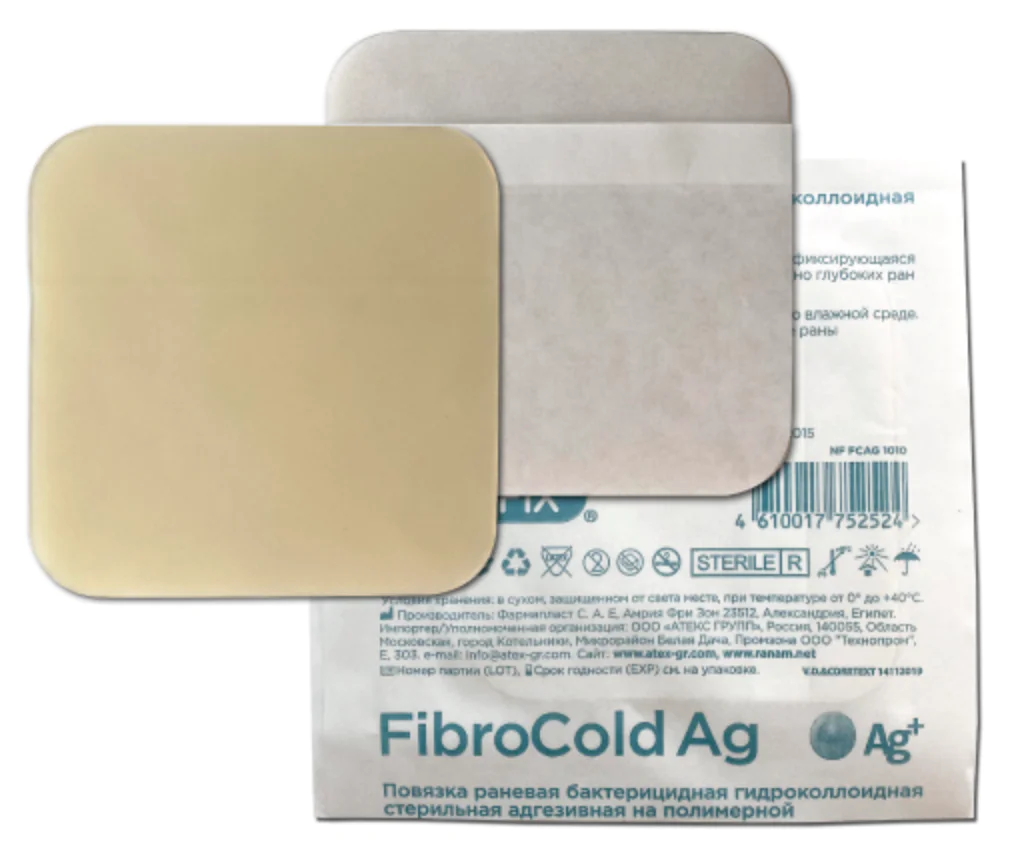When treating pressure ulcers, dressings play a fundamental role: choosing the right dressings can actually dramatically reduce wound healing time. Modern dressings include hydrocolloid-based dressings, which provide a moist environment and absorb moderate amounts of exudate. They are available in plaques and pastes and promote the growth of granulation tissue, promoting healing. In the presence of exudate, they absorb foul-smelling liquid and form a gel, which is why they are so effective in treating bedsores. You can learn more about how hydrocolloid dressings work here.

A hydrocolloid dressing is a type of thin dressing that contains gelling agents in an adhesive formulation applied to a flexible, water-resistant outer layer. The sheets are self-adhesive and available with or without adhesive edges, in different thicknesses and shapes, pre-cut to fit different areas of the body such as the sacrum, elbows and heels.
Hydrocolloid dressings are occlusive, providing:
- wet healing environment
- autolytic wound treatment
- insulation
- impervious to bacteria and other contaminants
These are easy-to-use self-adhesive molded dressings (do not stick to the wound, only to the intact skin around the wound) that can be used under venous compression products.
They are essential for keeping the wound clean under pressure, and can remain in place for 3 to 7 days (depending on the amount of wound exudate), greatly limiting the trauma caused by the dressing change operation and avoiding disruption of healing.
Ideal wounds for the use of hydrocolloid dressings are uninfected skin lesions with poor exudation. They can also be used, for example, as an alternative means of injury prevention, to protect fragile skin or recently healed wounds with re-epithelialized skin. Hydrocolloid dressings retain exudate very well and are used in the treatment of lesions with low exudate production.



